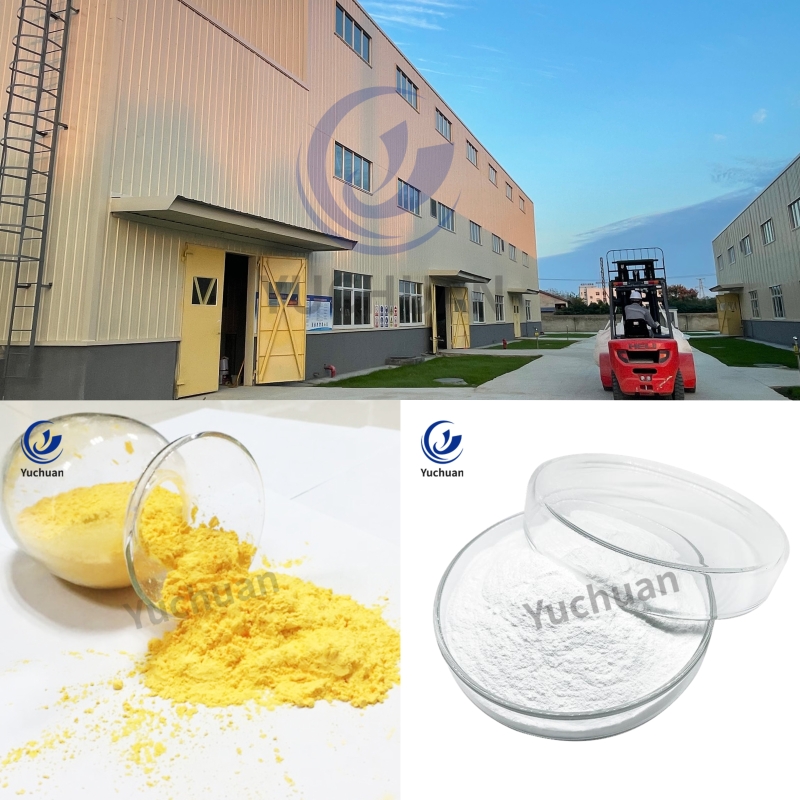-
Categories
-
Pharmaceutical Intermediates
-
Active Pharmaceutical Ingredients
-
Food Additives
- Industrial Coatings
- Agrochemicals
- Dyes and Pigments
- Surfactant
- Flavors and Fragrances
- Chemical Reagents
- Catalyst and Auxiliary
- Natural Products
- Inorganic Chemistry
-
Organic Chemistry
-
Biochemical Engineering
- Analytical Chemistry
-
Cosmetic Ingredient
- Water Treatment Chemical
-
Pharmaceutical Intermediates
Promotion
ECHEMI Mall
Wholesale
Weekly Price
Exhibition
News
-
Trade Service
IHS Markit has a diversified global customer base and solid brand awareness, and its important advantage is the depth and breadth of information analysis
.
It recently released a report related to plastic recycling research, saying that plastic is a sustainable material that meets the needs of daily life well
.
However, the world produces about 400 million tons of plastic every year, only about 70% of the waste plastic is recycled, and only 15% of the recycled waste plastic is reused
.
Waste plastic recycling has become a global issue
.
To a certain extent, expanding investment in the plastics industry to strengthen related technology research and development and build necessary infrastructure can help realize a circular economy
.
Plastics value chain from linear to circular economy
Plastics value chain from linear to circular economyPreviously, IHS Markit looked at two scenarios in which the plastics value chain moves from a linear to a circular economy
.
The first scenario is that according to current market trends, the progress of plastic recycling will be moderate, mainly relying on mechanical recycling
.
To meet growing demand for plastics, the industry will invest around $1.
5 trillion in new capacity by 2050
.
Another scenario is that government policies and societal preferences will drive the more ambitious goal of moving away from landfilling, incineration and energy recovery as the ultimate solution for waste plastics
.
This leaves about $1.
5 trillion still to be invested in the plastics industry, but $300 billion of that will be spent on building mechanical and chemical recycling capacity, with the added benefit that the plastics economy will be fully circular by 2050
.
However, the cost of the necessary collection facilities is not included in these figures
.
In the short term, the realization of the full cycle is relatively slow
In the short term, the realization of the full cycle is relatively slowIn 2020, 2.
1 billion tons of municipal solid waste (MSW) was generated globally, of which about 250 million tons (12%) was plastic waste
.
With the global municipal solid waste production expected to reach 3.
5 billion to 3.
7 billion tons per year in 2050, waste plastic production may increase by 190 million tons per year
.
Plastic recycling currently mainly uses mechanical processes
.
This approach is currently the most advantageous from an economic, energy and carbon impact perspective, but is limited by degradation, additive contamination and other issues in the process
.
At the current pace of progress, mechanical recycling is likely to stabilize at only 14% of plastics demand by 2050, IHS Markit said
.
Even assuming significant progress in sorting, product design and purification, it would only be around 22%
.
Achieving ambitious recycling goals requires chemical recycling
Achieving ambitious recycling goals requires chemical recyclingIHS Markit predicts that larger-scale chemical recycling of plastics will be possible after major improvements in reactor design, catalysis and product processing
.
Jonny Goyal, Deputy Director of Circular Plastics Services at IHS Markit, said: “Continuous technological advancements will significantly increase factory capacity to 500-3,000 t/d, compared to the 50-300 t/d currently common
.
The pyrolysis process is too costly
.
"Thanks to process development advancements and larger scale operations, pyrolysis processes will be able to operate more economically, reducing unit fixed costs by 50% to 65%
.
This will increase plastic chemical recycling capacity from the current 1.
2 million tonnes/year to 44 million tonnes/year by 2050
.
Closing the plastic recycling gap will also require global coordination among key stakeholders, according to IHS Markit
.
Governments and regulators need to act in unison around standardization goals to promote the recycling of plastics
.
Financial institutions must hold their stakeholders more accountable in adhering to Environmental, Social and Governance (ESG) principles
.







